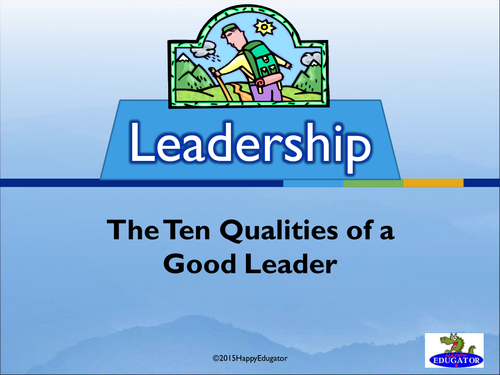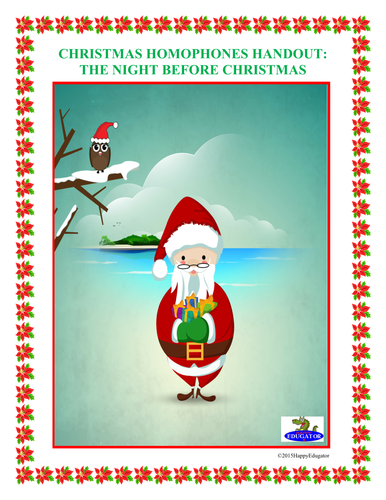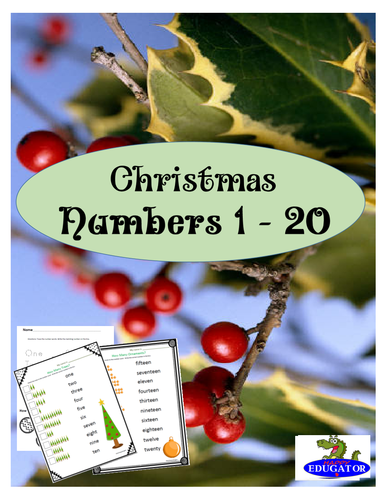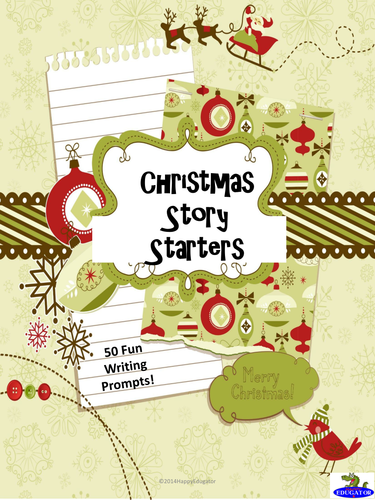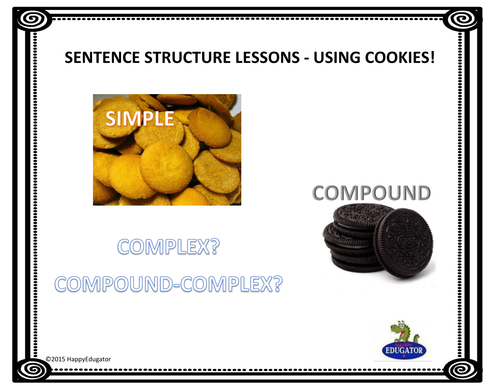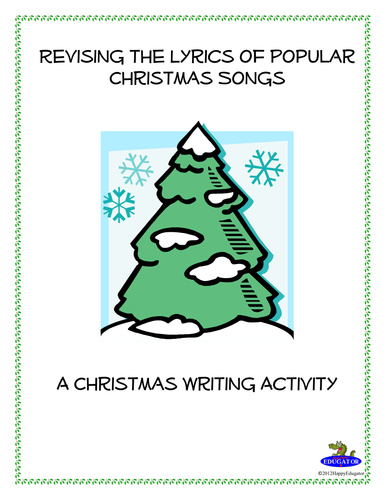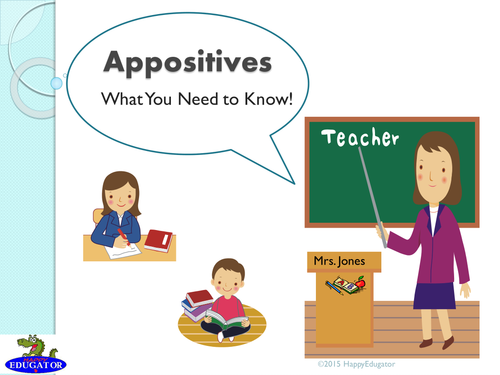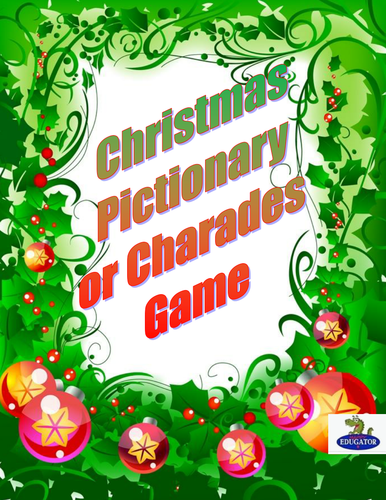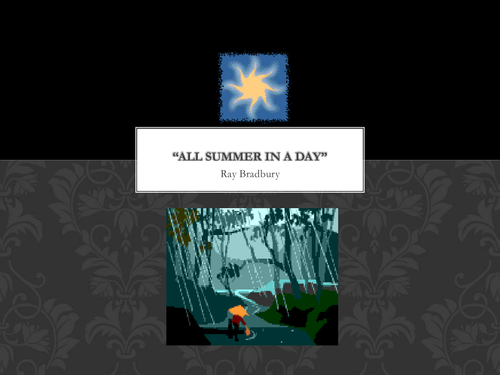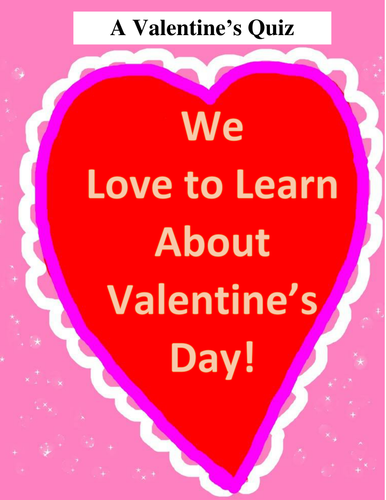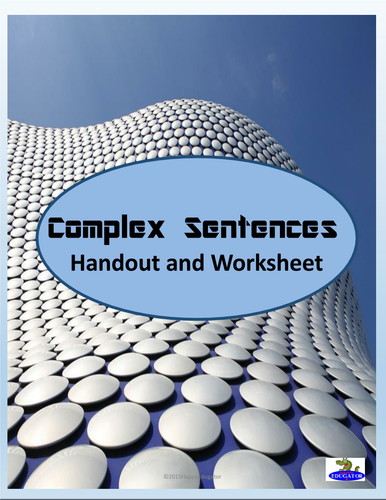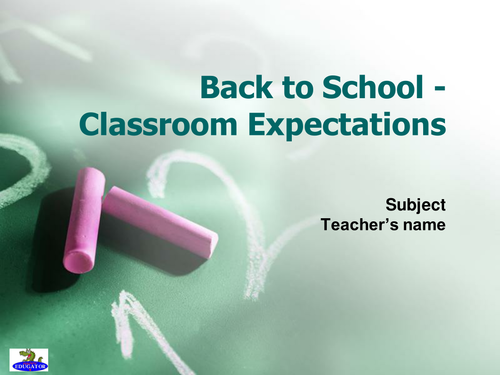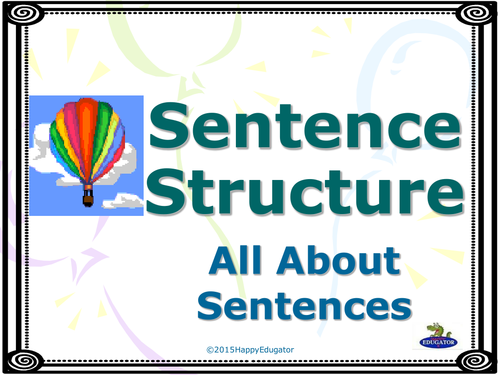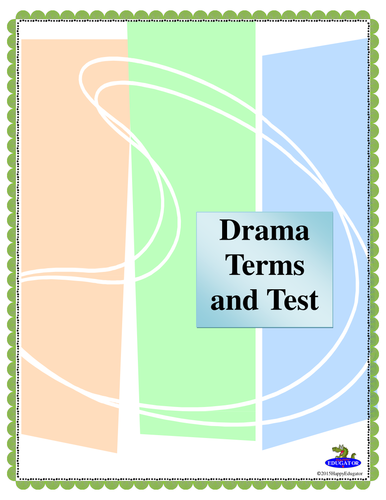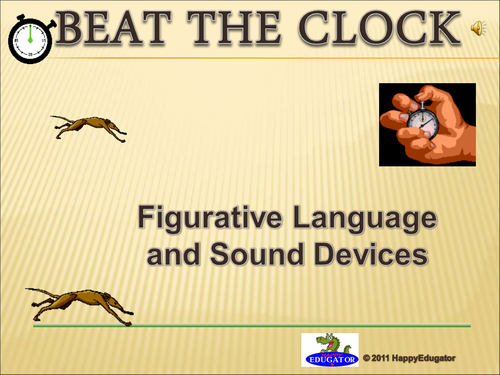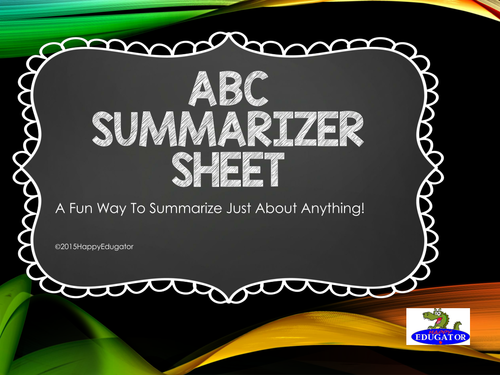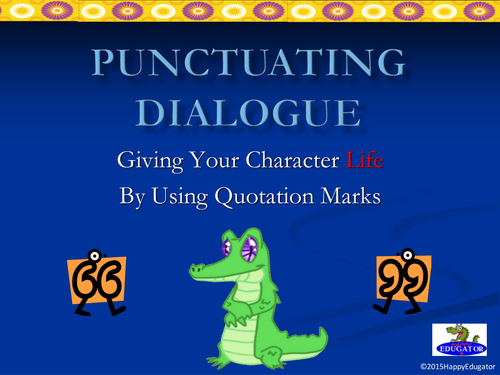Happyedugator's Shop
I have a total of 28 years teaching experience. I received my M.Ed. from the University of Florida (thus the name "HappyEdugator"). I've taught, Pre-K, pull-out remedial classes for grades 2-5 and a section of K-1, and Middle School 6th, 7th, and 8th grade (Language Arts, Reading, Math and Science). My last year I went back to 1st grade in a private setting. I have traveled worldwide and speak Spanish. I now continue to create resources, substitute teach and watch my grandchildren. :)

